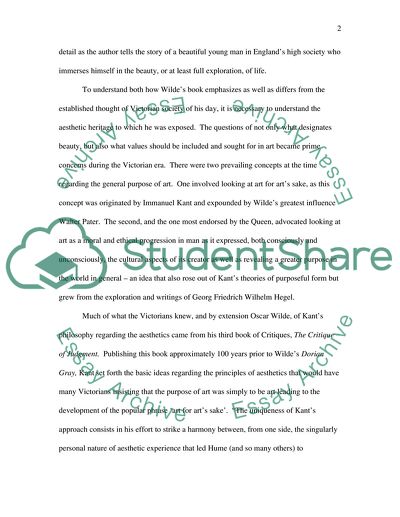Cite this document
(“The Nature of Aestheticism in The Picture of Dorian Gray Essay”, n.d.)
The Nature of Aestheticism in The Picture of Dorian Gray Essay. Retrieved from https://studentshare.org/literature/1537512-the-nature-of-aestheticism-in-the-picture-of-dorian-gray
The Nature of Aestheticism in The Picture of Dorian Gray Essay. Retrieved from https://studentshare.org/literature/1537512-the-nature-of-aestheticism-in-the-picture-of-dorian-gray
(The Nature of Aestheticism in The Picture of Dorian Gray Essay)
The Nature of Aestheticism in The Picture of Dorian Gray Essay. https://studentshare.org/literature/1537512-the-nature-of-aestheticism-in-the-picture-of-dorian-gray.
The Nature of Aestheticism in The Picture of Dorian Gray Essay. https://studentshare.org/literature/1537512-the-nature-of-aestheticism-in-the-picture-of-dorian-gray.
“The Nature of Aestheticism in The Picture of Dorian Gray Essay”, n.d. https://studentshare.org/literature/1537512-the-nature-of-aestheticism-in-the-picture-of-dorian-gray.


